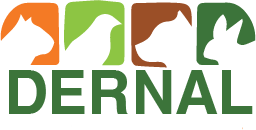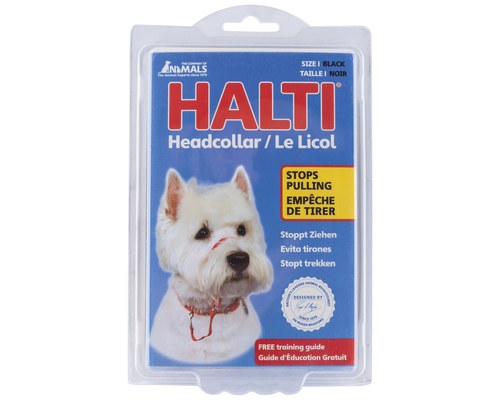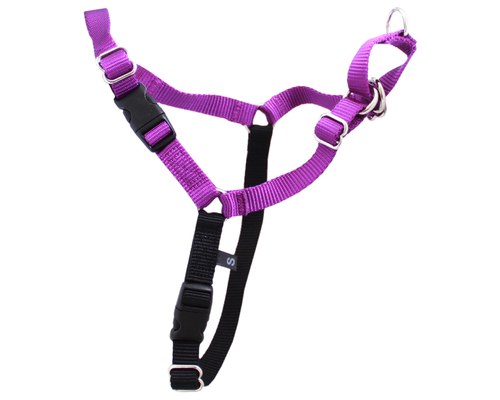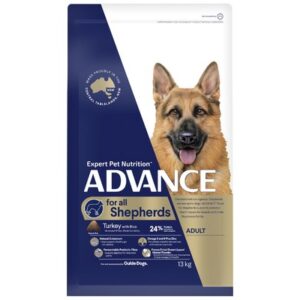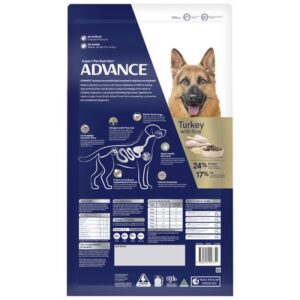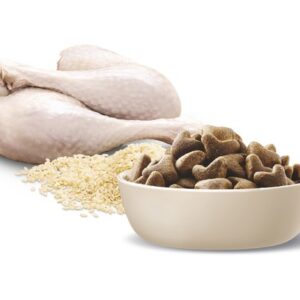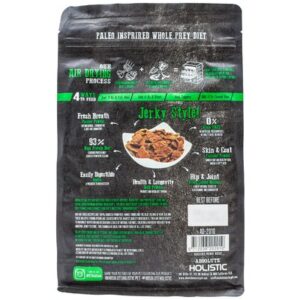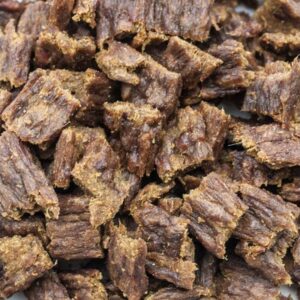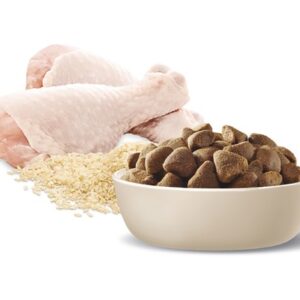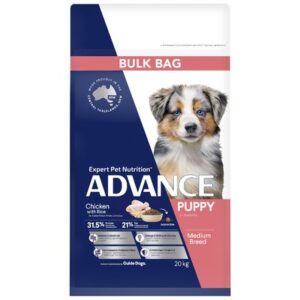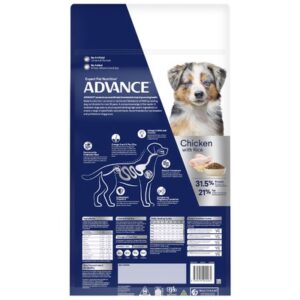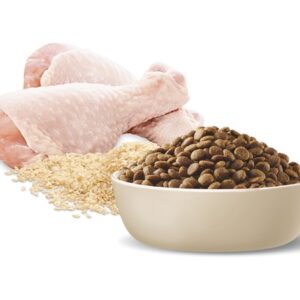Description
1. Fit the NECK STRAP first – Simply let the nose loop hang below the neck until strap is fitted snugly: High on the neck touching the base of the ears, the back of the skull and above the Adam’s apple, snug around the neck like a shoe on a foot or the cinch of a saddle on a horse. Snug enough so that you cannot rotate the neck loop around the neck. Snug enough so that you can barely fit a finger underneath.
2. Remember, the tighter you make the strap around the neck, the looser you’ll be able to make the strap around the nose. This allows the nose strap to be further behind the corners of the mouth to provide a wider opening of the jaws of play, fetch, eat, drink bark, and the more comfortable the dog will be.
3. Now unsnap the neck strap from around your dogs neck.
4. Attach your leash control ring and pull the nose strap loop over the dogs nose strap up through the center bar.
5. With the dog at your side or between your legs, pull the nose strap loop over the dog’s nose and up near his eyes.
6. Buckle the neck strap around to previous position.
7. Now walk and sit your dog 6-8 times using happy talk and high motivation with tasty food or an attractive toy.
8. After having your dog sit 6-8 times, adjust the clamp beneath the jaw on the nose strap so the strap will move freely from in front of the eyes to the fleshy part of the nose, but you can not pull it off.
9. When the nose strap is fitted properly it must be behind the corners of the mouth, rest close in front of the eyes, move freely from the eyes to the fleshy part of the nose, and neither you nor your dog can pull it off. Helpful Hint: If your dog tends to paw at the headcollar, use an emery board to smooth his nails to prevent scratches and irritation of the muzzle and nose, or sagging of the nylon. If your dog continues to paw at the nose loop, double check the fit. Is the neck strap too loose or the nose loop too tight? Are you reinforcing the behaviour by giving your dog lots of attention when she paws at her face?
10. Check each day – Is the neck strap snug & tight? Is the nose strap comfortable & secure.
11. Remember, NEVER keep constant tension on the lead – releasing the tension rewards your dog for good behaviour and allows for free panting , which is especially important if your dog is stressed.
12. Remember, NEVER jerk on the lead – control your dog with a smooth forward and upward pull which applies pressure to the back of the neck.
SIZING FOR YOUR DOG:
Choosing the correct size of the Gentle Leader Headcollar for your dog is simple. All you need to know is the approximate weight of your dog. The only exception is that certain breeds with specifically large or small heads may use a size other than what is listed for body weight. Please note – all sizes are adjustable to fit a variety of breeds in the specified weight range.
Small – Fits dogs and puppies that will have an adult weight of 5-10Kgs. Includes toy breeds and small dogs with a narrow, small muzzle. Examples: Toy Poodle, Lhasa Apso, Dachshund, Bichon, small Sheltie, Pomeranian, Shih-Tzu, Basenji, Fox Terriers, Jack Russels, Beagles etc.
Medium – Fits dogs and puppies that will have an adult weight of 10-27 Kgs. Also includes small dogs with a broad muzzle. Examples: Cocker, Spinger, Brittany, Collie, Beagle, Airedale, Australian Shepherd, Samoyed, Norwegian Elkhound, Kelpies, Pointers, Blue Heelers, etc.
Large – Fits larger dogs that will have an adult weight of more than 30Kgs, and some dogs under 30 Kgs with larger heads. Examples: Basset, Golden, Lab, German Shepherd, Doberman, Sharpei, Rottweiler, Mastiffa, Old English Sheepdog, Malamute, Akita, Great Dane, etc.
For Puppies – Puppies of medium and large breeds can start at 8 to 10 weeks with a medium which they can wear until they reach 30 Kgs. Puppies of large breeds that are already over 20 Kgs should start with a large.
For Short Snout Dogs – Available in Medium and Large to fit Bulldog, Boxer etc.
